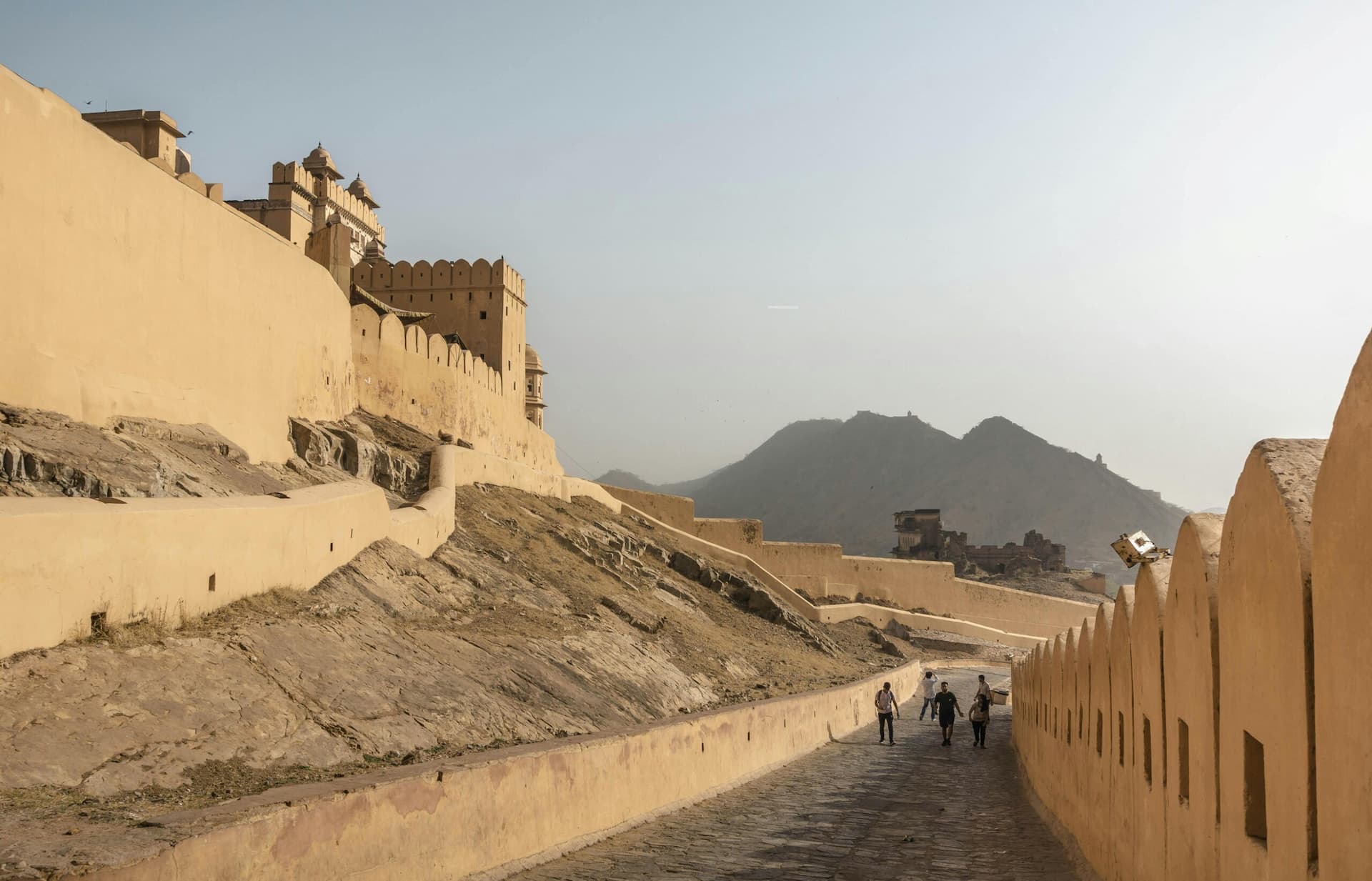
Understanding The 7 Steps Of Hajj For First-Time Pilgrims
Hajj Pilgrimage to Mecca is the fifth and most sacred pilgrimage of Islam. Every financially stable and physically fit Muslim should do this once in their life. Hajj. This ritual is performed in the month of Dhul-Hijjah. Evidence of great devotion, self-sacrifice, and love of Allah abounds in this ritual. This scared journey symbolises harmony, peace and obedience of muslims to Allah’sﷻ.
Understanding The 7 Steps Of Hajj
Both spiritually and historically, Hajj is rather important. Pilgrims preserve the customs of Prophet Ibrahim and his children. Bestowing honour on them and demonstrating their zeal and sacrifice. The majority of UK Muslims search for authentic Hajj Packages so that their travel, stay, and medication needs become hassle-free and easy for them. Among the numerous rites observed during hajj are tawaf of the Kaaba, Arafat prayer, and basic white unsown attire known as Ihram. Hajj rituals extend five or six days from the 8th to the 13th Hijjah. Islam celebrates the most significant yearly holy occasion: Hajj.
Step 1: Ihram and Intentions
Two of the first fundamental things to perform Hajj are niyyah of cleanliness and the ornament of Ihram. Once the niyyah is done, Muslim pilgrims have substituted Ihram- two unstitched white clothes for males and a lady’s Abaya, a loose outer covering over the entire body. Talbiyah must be announced by pilgrims once they have entered Ihram, along with everything sinful. Already residents of Makkah, Muslims would add elements of Hajj and Umrah to their journey. Then Muslims begin seven counterclockwise circles around the holy Kaaba, known as tawaf. They usually end tawaf in prayer and head for the second leg of Umrah, on the back side of Maqam Ibrahim between the mountains Safa and Marwa. Umrah pilgrims carry out Umrah and set off the procession from Mina afterwards.
Step 2: Mina, or “City of Tents”
5 or 6 kilometres from Makkah, there is a small town called Mina. Pilgrims are requested to stay overnight and remain in the tent city of Mina upon their arrival. Booking Hajj Visa beforehand is a very crucial task to reserve in advance for such a pilgrimage by the majority of UK Muslims, as they can get easy access to such a holy land without any delay.
All five Salahs are recited by the pilgrims between Fajr prayer and Zuhr prayer while residing in Mina. The land where Mina is located today is covered with tents. Fard and non-fard prayers obligatory on Muslims to read after residing in Mina have to be done by them.
Step 3: Mina to Arafat, 9th Day of Dhul-Hijjah
On the ninth day of Dhul-Hijjah, pilgrims at Arafat recite Talbiyah while Muslims pray Zuhr and Asr. They recite duas if they are within the boundary of the Arafat. It is also known as Wuquf, standing before Allah (SWT) and read in a nearby place within the boundary of Jabal al-Rahmah from noon until evening.
Step 4: Muzdalifah
Pilgrims journey to Muzdalifah, the second Hajj site, a suburb halfway between Mina and Mount Arafat. Pilgrims doing the evening prayer in Muzdalifah fields at sunset do Maghribaen – Isha and Maghrib together. Many of the UK Muslims meet fellow believers here in one aspect of humility and oneness under the open sky. Early on the tenth of Dhul-Hijjah, pilgrims gather 49 little, matching stones for dispersal throughout the Rami ritual, like many others do.
Step 5: Rami (Stoning the Devil)
Pilgrims, such as Mina pilgrims, act at Rami by stoning Jamarat al-Aqabah. Seven stones are thrown on the pillar complex. Rami is performed by Rami during the noon time daily. Rami doesn’t every day. Outside Ten and Twelve of Dhul-Hijjah, Rami is grabbed.
Step 6: Nahr
Following Rami, on 12th Dhul-Hijjah, Muslim pilgrims are required to offer an offering of sacrifice, and they are allowed to sacrifice a camel or a lamb. Pilgrims may buy sacrifice coupons or vouchers, upon which the sacrifice will be indicated, so that it has been done on their behalf. The meat of the sacrificed animal should be distributed among poor persons.
Halq and Taqsir
Halq is shaving, while Taqsir is cutting or clipping. They must clip or shave their head when giving the blessed sacrifice. She is not required to shave as a female pilgrim, so she must clip a single strand or lock of her hair.
Step 7: Farewell Tawaf
After completing all the rituals of the hajj, pilgrims then go back to the Holy Kabba. At this spiritual holy Kabba, they will do the final tawaf of the hajj known as “Tawaf al-Wada’. After this Tawaf, they will do the Sa’i. So this is officially the End of the Holy pilgrimage. But some people also visit Madina before they go back to their homes.
Conclusion
Hajj is more a spiritual, religious journey that totally changes the life of the pilgrim than a physical one. At Hajj, Muslims are pardoned; given a new life in Islam; and given direction on how to live Islam as a way of life.. It makes the Muslim Ummah of the world even stronger, transforming the religion, unity, and obedience to Allah.
